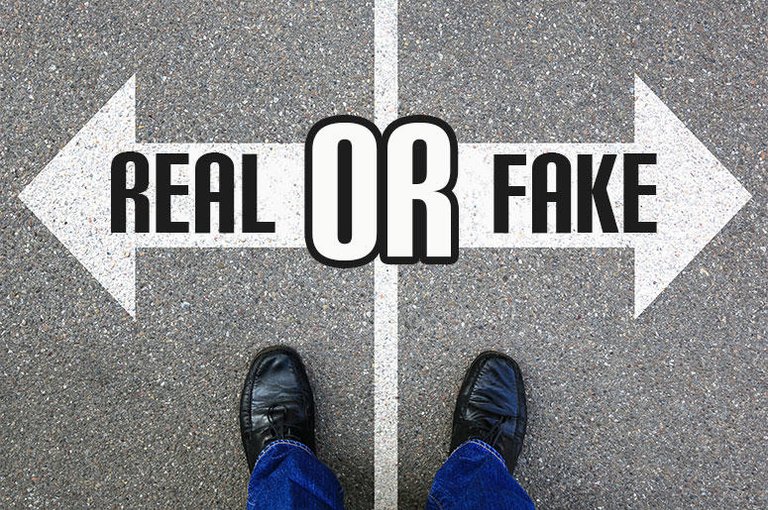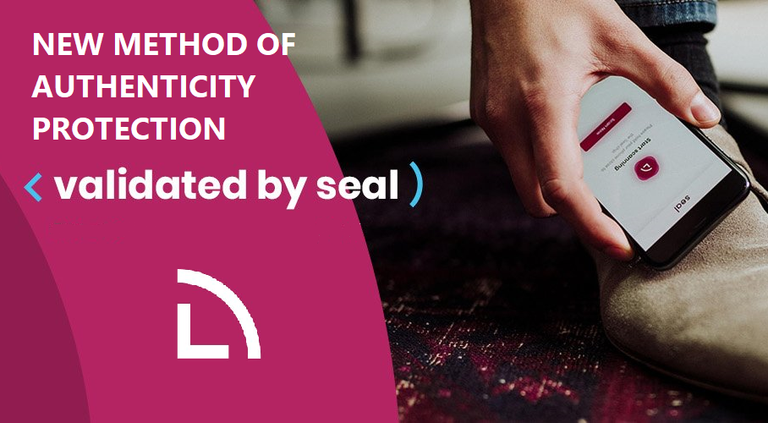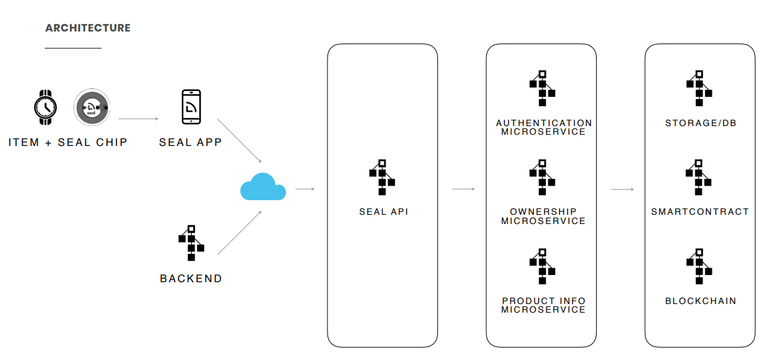
Real or fake? Each day it becomes harder and harder to tell at first sight
Brands mean everything in the modern world. How else can you guarantee that you are getting the quality and confidence that you have paid extra for? Brand devotion has become a culture of its own, and it is increasingly important to have ways of testing products for authenticity.
If you are deceived into buying a pair of sneakers or a handbag that is not genuine, you will not lose much more than a couple hundred dollars. But imagine purchasing jewelry or an automobile that turns out to be fake. Or even worse - getting counterfeit medicine that will potentially cause great harm to your health. All these scenarios are frightening and outrageous, but there is profit to be had in mimicking brands with cheaper materials and craftsmanship, so it keeps happening and shows no signs of stopping.
Nike is the most counterfeited brand in the world, with hundreds of millions of fake shoes and attire flooding United States and Europe every year. Fortunately, a multi billion company can handle the loss from stolen branding, but for smaller companies, artists and scientists, the loss of intellectual property and brand identity can be fatal.
There are some solutions already in place to combat this phenomena, but they have not proven to be sufficient. Static authenticators, like QR-codes, watermarks, security threads or holograms, are all eventually copied by the counterfeiters. Moreover, you cannot expect consumers to memorize the complex marking in order to be confident in their purchase.
An interesting solution is offered by Seal, a group of developers and creators who found a way to implement blockchain into the verification process. The only reasonable method of checking the authenticity of a product is online, by typing in a given code on a website, and finding the valid product entry in the database. That works only until counterfeiters get their hands on that code and then the game of cat and mouse starts all over again. That's why Seal uses blockchain and dynamic chips to ensure that data is not duplicable. If the chip and the record on the blockchain are out of sync, that means the chip has been tampered with.

To further ease the life of a consumer, Seal created an ecosystem accessed through a mobile app that allows to verify authenticity, register ownership, transfer ownership and are planning to implement theft-prevention, analytic information for brand owners and other useful features.
By inserting their chips into products, Seal is planning to eliminate first market counterfeiting as well as provide to the sellers information like: identity theft areas, demographic and behavioral variables, measure retention and brand engagement, detect pockets and areas with more fans or collectors. All to better understand brand identity and help companies see what is happening to their products after they are sold.
A working Seal app is out on both iOS and Android. Seal is already cooperating with the world leaders of NFC (near-field communication) chips production and distribution. The newest prototype of the chip they are working on is aimed at the price of approximately $0,25 per chip.
The manufacturers are able to pair a product with a Seal enterprise app, which is exclusive for manufacturers and brands, and issue a finite number of products according to their plan. Each product is tethered to the workers that are involved in production and will prevent midnight shifting, or creating multiple copies of the same item. The links are recorded on the blockchain for maximum security.
Seal aims to become the authority in the world of product verification, so they are trying to build trust among customers and producers alike. They decided to create an Ethereum based token to be used in the ecosystem. Seal tokens will be used to pay for the services both in the consumer and enterprise version of the app. You can pay for authenticity checks and ownership registration with these tokens, but there is a much bigger purpose in the works. Eventually, Seal wants Seal tokens to become a currency of trust and transform them into a means of purchasing products, prove their authenticity and register that you are the rightful owner of the item all at the same time.
The first commercial products on the Seal network are planned to be deployed in the third quarter of 2018, with constant improvements and additions planned for long years after.
All experts agree that the problem of counterfeiting is something that needs to be dealt with as our civilization develops. For the long term future a solution needs to be there, and at first glance Seal is offering a safe and inexpensive one.
I will definitely keep an eye on their progress and see if they can deliver on their promises. If you would like to do the same, you can find the links to their website and social media links below. You can give their app a try if you own a compatible iOS or Android device, found in the respective software stores.
The app in action as seen on Seal youtube channel.
Do you consider counterfeit to be a major economic problem? Have you experienced the negative implications of it yourself? Do you know of any other potential solutions? Please leave a comment with your opinion below.
Author's bitcointalk: OceanWind33

Congratulations @thunderbird039! You have completed some achievement on Steemit and have been rewarded with new badge(s) :
Click on any badge to view your own Board of Honor on SteemitBoard.
For more information about SteemitBoard, click here
If you no longer want to receive notifications, reply to this comment with the word
STOPHell yeah, there are soooooo many fake clothes nowadays. You should always check twice while buying a new piece of clothes